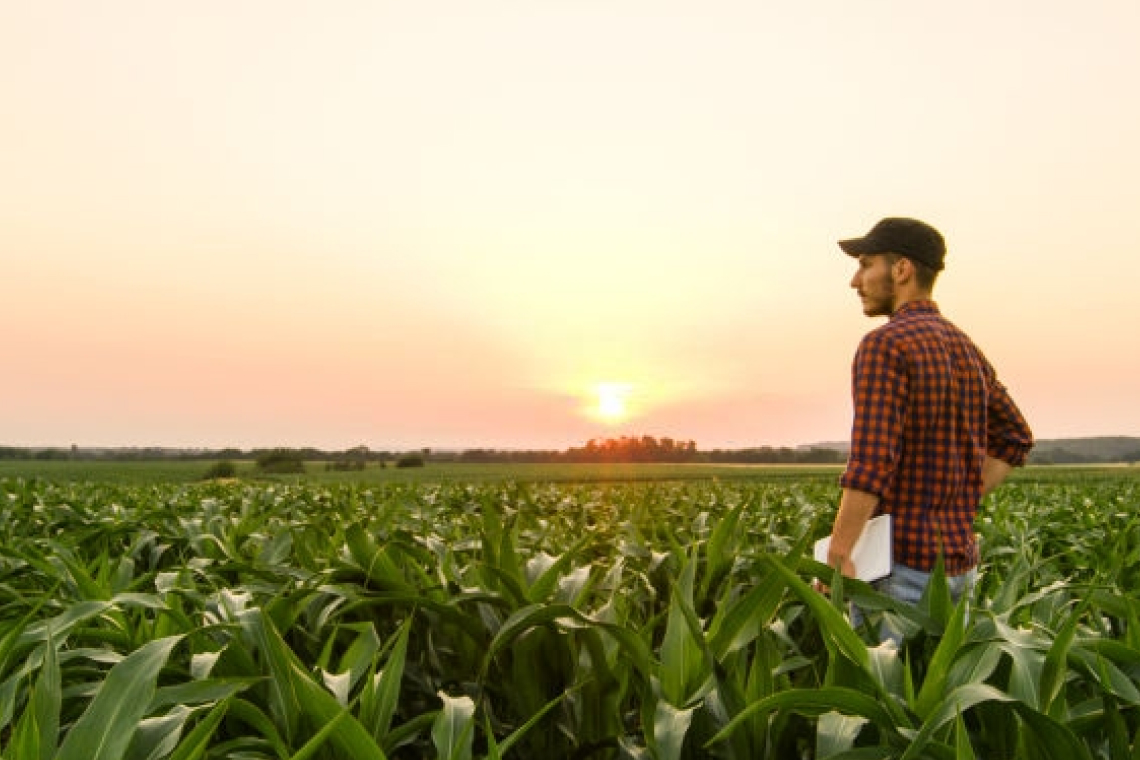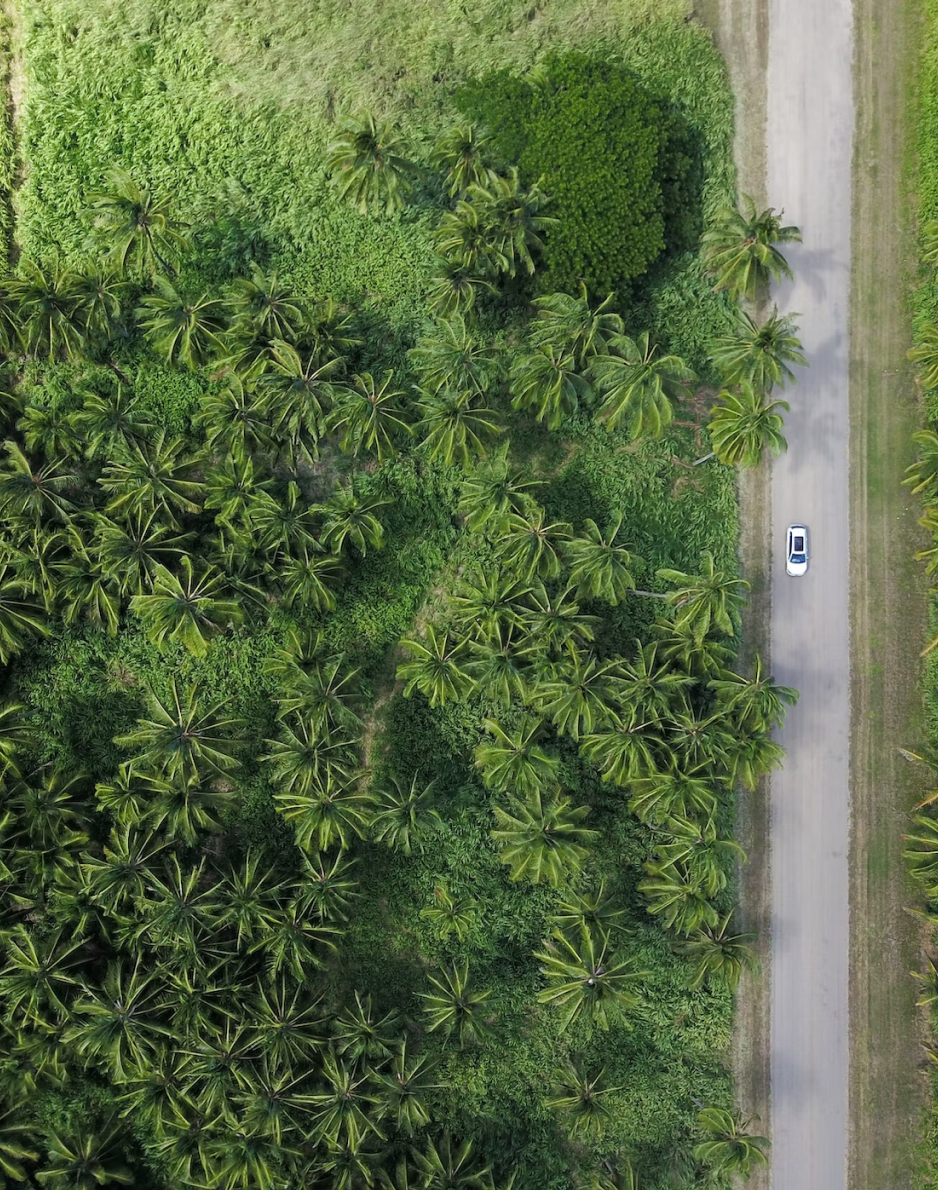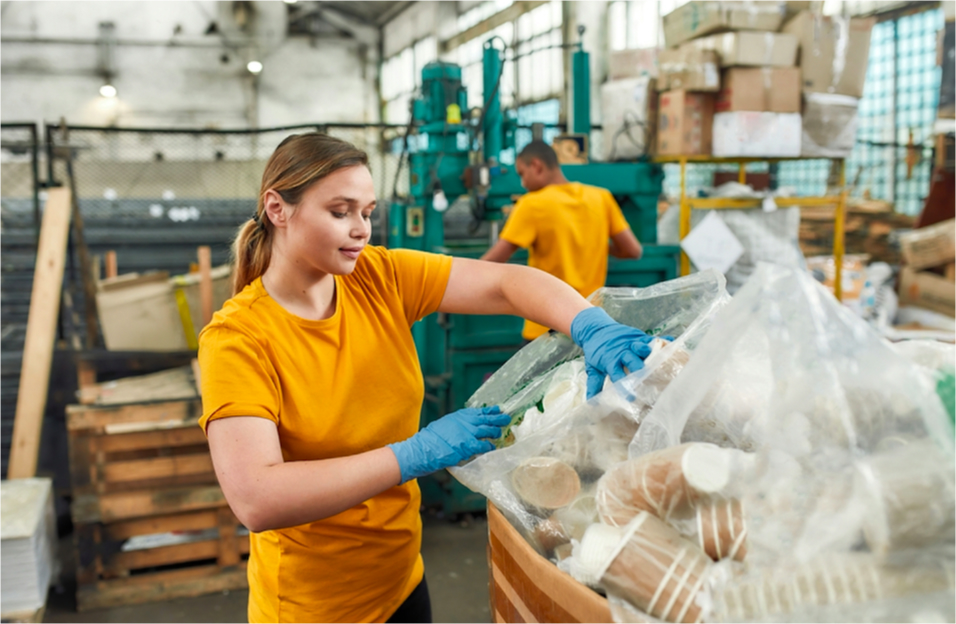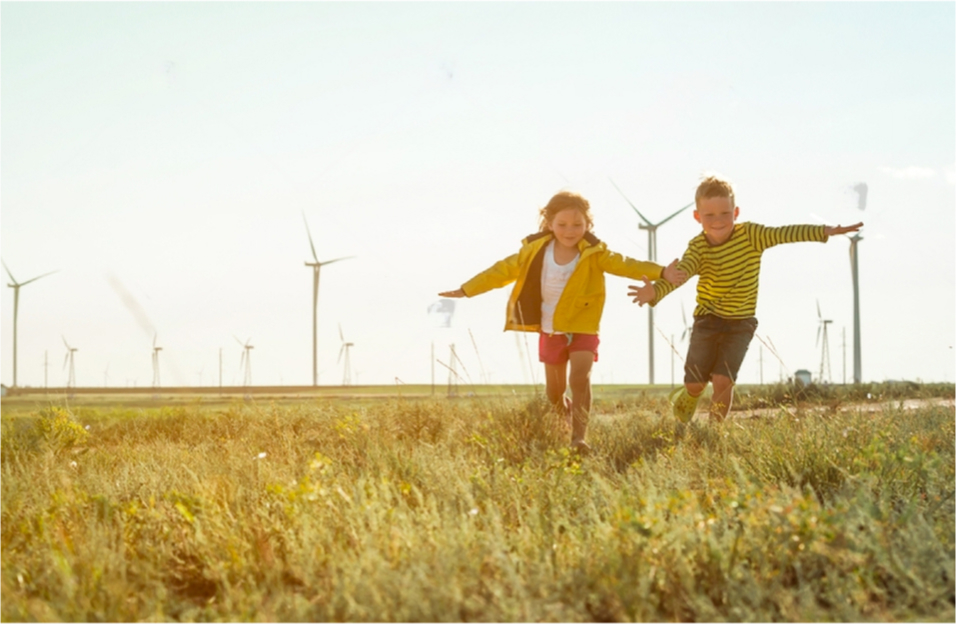Packaging for the Future
Many people firmly believe that the words “sustainable” and “plastics” are mutually exclusive. The The miseducation and media propaganda with no scientific support on what biodegradability and sustainability mean have led the average consumer to think of plastic as one of the biggest environmental problems.


Furthermore, as a society, we have become increasingly reliant on plastic packaging to help keep our food safe and fresh, our medical tools sterilized, and give our pet food a longer shelf-life. From the year 1964 to 2023, plastic consumption has increased 100 times!
Is there a solution that will allow us to continue to rely on our plastic packaging while also protecting our environment?
The short answer: yes.
Sustainable plastics are here, and they are our future.
Why Flexible Packaging?
Because of plastics, we have access to fresh food that not only has a longer shelf-life but can also travel long distances.

It isn’t feasible for us to stop using plastic entirely when you take in the consideration of the complete life cycle. This is especially true when you consider the environmental impact of transporting plastic alternatives such as glass jars. Did you know that to transport equal amounts of product, it would take 26 truckloads for glass packaging as opposed to just one truckload for the same volume of flexible packaging?
Flexible packaging is not only a sustainable end-of-life solution, it also uses fewer resources to create, transport, and dispose.
At the end of its life, your packaging will be given a second life as harvestable, clean, green energy. This energy can be used to fuel anything from electric cars to the power grid that provides energy to your home!

As is, most plastics end up in the landfill and can take up to 1,000 years to be turned into biogases. Some bioplastics made from corn or sugar are labelled as “compostable,” however, there are still many conditions which must be considered before the plastic can properly degrade. You may need to take bioplastic packaging to an industrial composting facility. In addition, there is a lot of consumer confusion around what can and cannot be recycled, composted or sent to the landfill.
Indeed, trying to find a way to recycle modern plastics has become increasingly difficult as companies find new and innovative ways to preserve food and increase shelf-life. While it is possible to recycle these materials, it is often a labourious and costly process that itself can cause high rates of greenhouse gas emissions.
What Can I do as a Consumer?
Knowing exactly which types of flexible packaging you can and cannot recycle, is the first step in our journey to more sustainable plastics.




